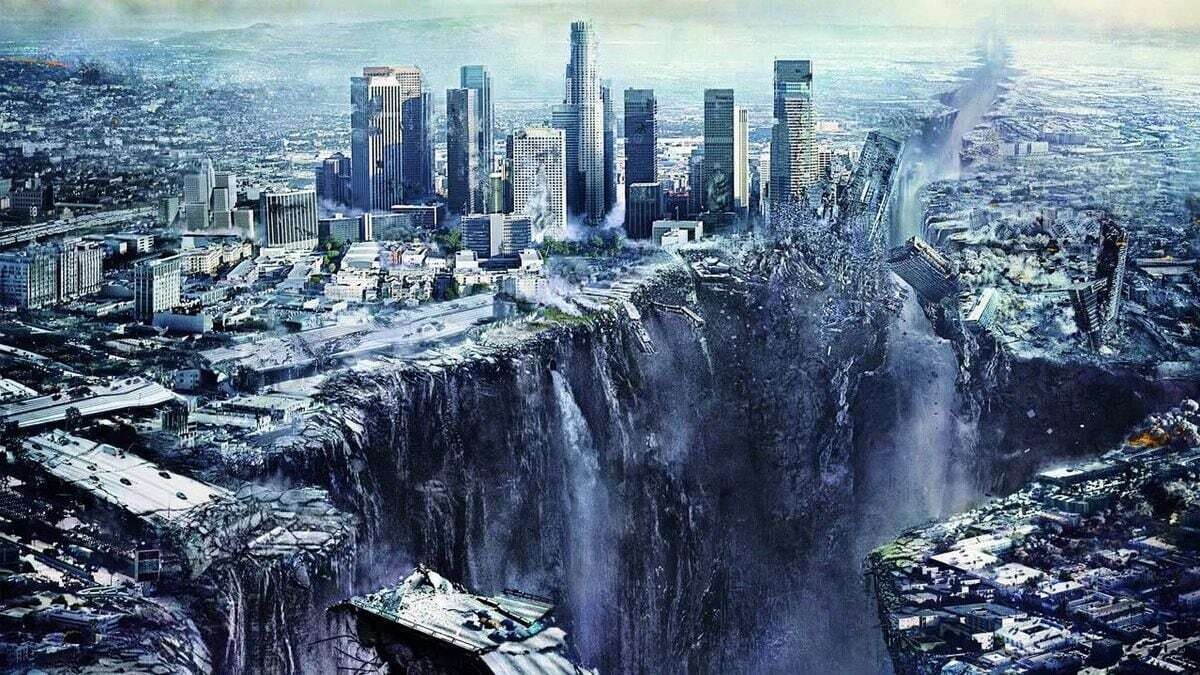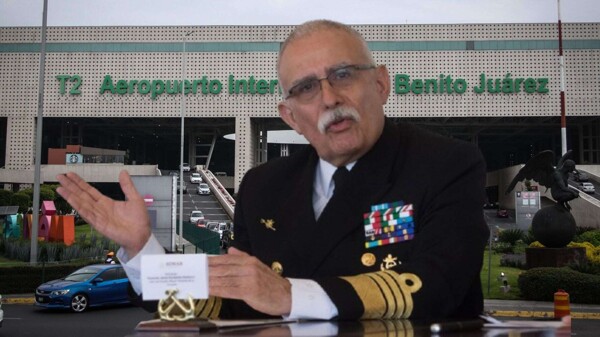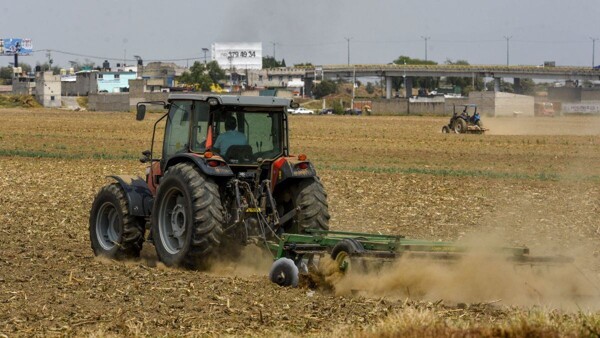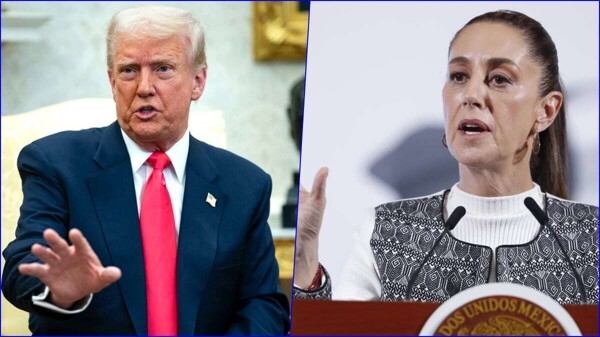
We find ourselves at a moment where the feeling of collapse seems to be constantly present in our lives, even though the collapse itself is not fully materializing. Everything around us feels fragile, as if we are on the verge of a radical change, just as ancient cultures like the Mayans or prophets like Nostradamus have predicted.
History shows us that collapse always announces itself in one way or another, but life continues its course despite everything. We live in an era where information flows constantly, and we can learn instantly about what is happening anywhere in the world. Conspiracy theorists warn about the end of the world with every eclipse or peculiar date, while the Mayans miscalculated, proving that the future is uncertain.
Today, we are surrounded by alarming news and disasters occurring at a dizzying pace, generating a feeling of imminent collapse. Our mobile phones have become our modern bonfires, and the myths we share are driven by algorithms that fuel our daily rush.
Perhaps the key is not to ignore the collapse but to learn to coexist with it in a new way. Our ancestors managed to survive extreme situations like wars and pandemics without vaccines, while we have turned the idea of the end of the world into a real-time media spectacle.
We live in a time marked by uncertainty and anxiety, where disasters and crises follow one another, driven by the constant pressure of social media and communication. We face a constantly changing world where the idea of imminent collapse has become a constant in our lives, amplified by technology and globalization.
In this scenario of chaos and distress, it is important to remember that history has taught us that life always finds a way to move forward, even in the darkest moments. Despite the crises and challenges we face, we must learn to adapt and find new ways to confront the uncertain future that lies ahead.














